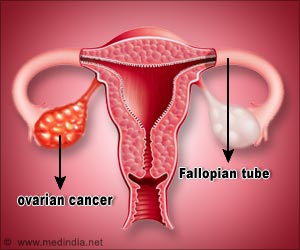For individualized treatment of various cancers, scientists from WFIRM have developed patient-specfic 'organoid' model.

‘Organoid technology is a significant breakthrough in cancer patient-care which provides the pathway for administering individualized treatment procedures.’





"There's a variable response to the same sets of drugs across patients, so they do typically respond to a drug. We just need the right one," said Aleksander Skardal, Ph.D., an associate professor of regenerative medicine at WFIRM. Skardal, along with Konstantinos Votanopoulos, M.D., Ph.D., from Wake Forest Baptist, were the lead investigators on the study recently published in the Annals of Surgical Oncology. This process begins with a tissue biopsy of the tumor. Cells from this biopsy are then used to grow small tumors called 'organoids' in the lab which behave similarly to the original tumor. Lastly, the best chemotherapy treatment is chosen by exposing the organoids to the various potential treatments and observing their response.
This is done in conjunction with next generation sequencing - a strategy where a tumor's genetic profile is analyzed - which can reduce a long list of potential medications to just a few. Appendix tumor organoids advance the promise of personalized medicine to the extreme.
"We can take a narrowed down list and narrow it down even further with data to better treat the individual patient," said Skardal.
The study was able to create tumor organoids successfully for nine out of 12 patients, an impressive result for an early stage investigation. While a similar concept has been applied to other cancers such as the pancreas and colon, this was the first study to develop an appendix tumor organoid. This is also very promising for other rare diseases where data from clinical trials are lacking.
Advertisement
The model was also able to show differences between high-grade tumors which grow faster, but are more responsive to chemotherapy and low-grade tumors which are slow growing, but do not respond to treatment.
This study suggests that the organoid model can accurately represent what occurs inside a patient's body and may be useful in selecting the most effective chemotherapy treatment. Whether or not this holds true in practice will be highly anticipated in future studies.
Source-Eurekalert














